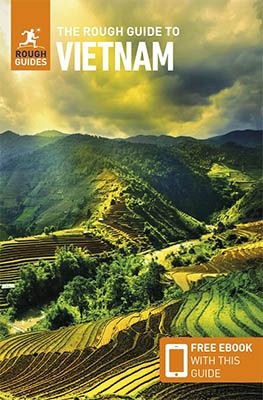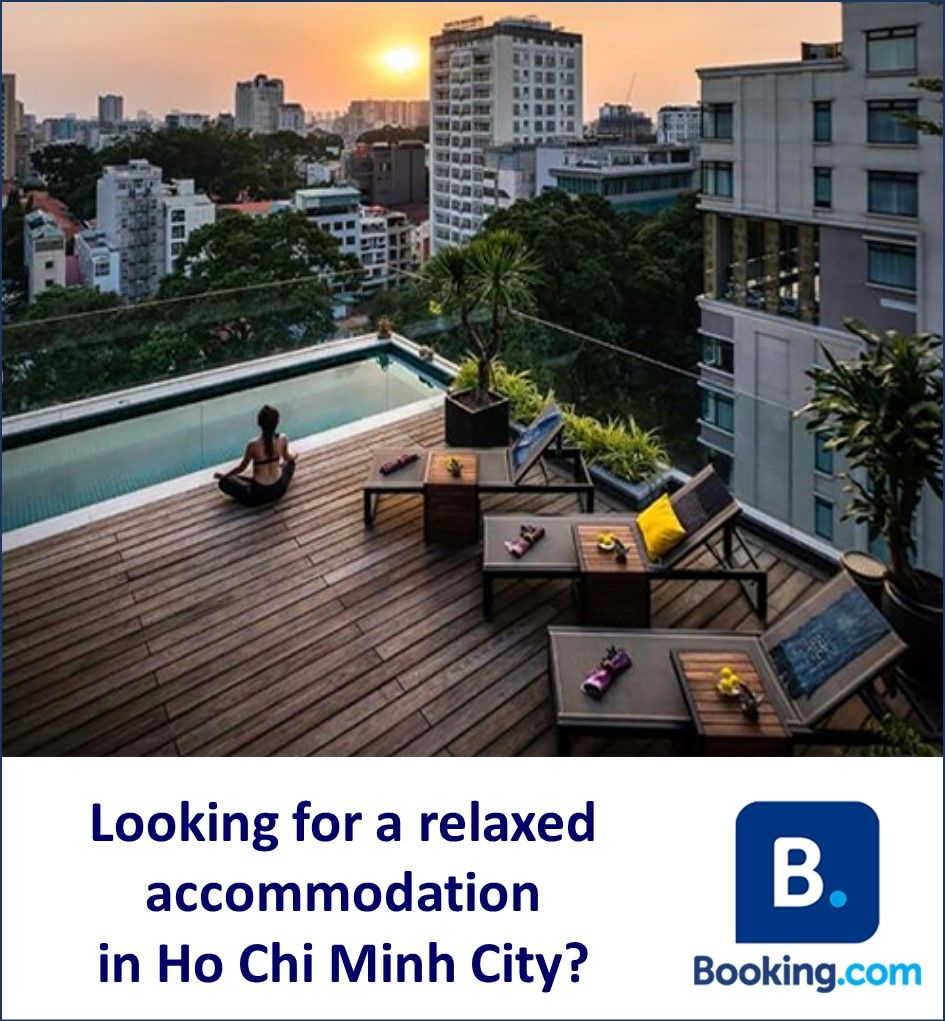The southern Vietnamese city of Ho Chi Minh is still known to many by its old name of Saigon. The city bore this name until the end of the Vietnam War. Since then, apart from the name, so much has changed. For instance, Ho Chi Minh has developed into the largest and most modern city in the country. You will now find tall skyscrapers, trendy bars and fantastic designer restaurants. But fortunately, the city has not lost its old charm. Amongst the modern buildings, you still have picturesque old streets and many sights with cultural-historical significance. What’s more, there are countless eateries and street stalls where you can get delicious food. For us, the former Saigon is also an ideal final destination of an impressive round trip through Vietnam. Or just as starting location for a beautiful trip across the Mekong towards Cambodia.
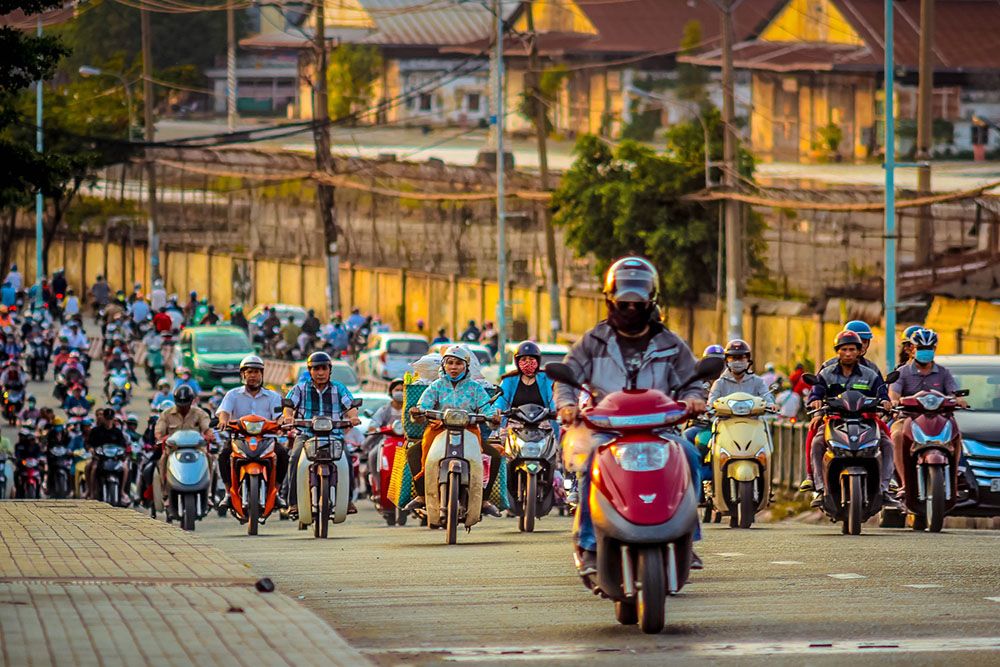
A little history about the former Saigon
The proverbial foundation stone for the present-day city of Ho Chi Minh was laid in the first century AD. The settlement changed hands regularly, constantly changing its name. The city came into French hands in the mid-19th century. For the capital of their colony Cochinchina, they kept one of the names of the Vietnamese Lê dynasty: Saigon. Many beautiful French colonial buildings and a strong café culture still recall that period.
After independence in 1955, Saigon became the capital of the capitalist south and Hanoi the capital of the communist north. Saigon was captured by communist North Vietnamese forces in 1975, reuniting Vietnam under communist rule. Saigon was then renamed Ho Chi Minh City, after communist revolutionary leader Ho Chi Minh.
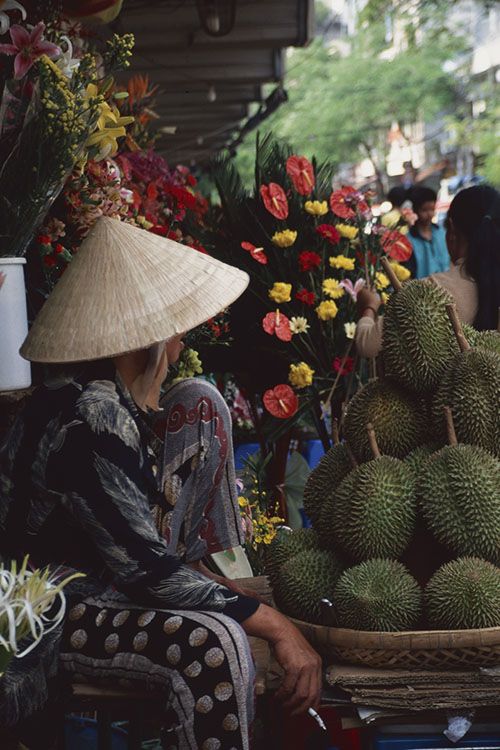
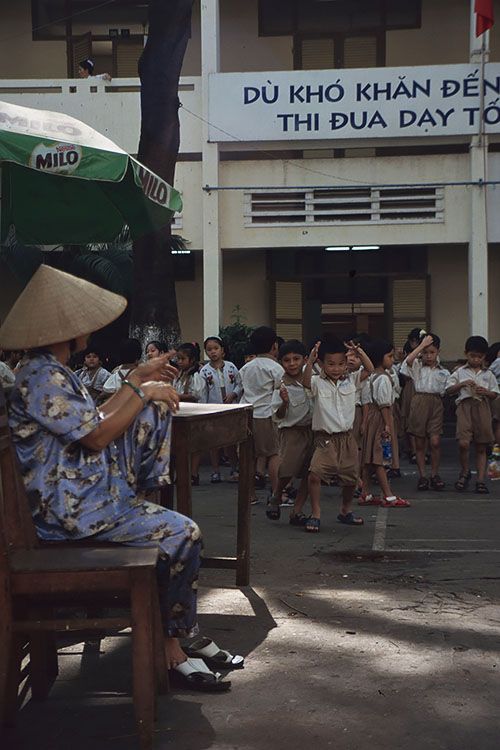
The absolute must-sees of Ho Chi Minh City
A fun way to discover the highlights of Ho Chi Minh City is by bicycle. Accompanied by a guide, such a tour becomes even more interesting. You can do this, for instance, with the company Baja Bikes. Your guide is a local who speaks excellent English and tells a lot about the city’s history. The particularly relaxed tour takes five hours during which you visit the main sights. Prefer to explore the former Saigon by bike on your own? That is possible too at Baja Bikes. For just $14 a day, you’ll discover the most beautiful spots of Ho Chi Minh City while cycling on a mountain bike!
Historical sites and museums
Because of its recent history, many sights in the city are dedicated to the Vietnam War. One of these is the impressive War Remnants Museum. This museum used to have ‘war crimes’ in its name. Because of the large number of visitors from the West (especially America), they changed it. You will find many exhibits with sometimes gruesome photographs. Outside the building, various US military transport equipment (tanks, fighter jets, helicopters) are displayed. It is one of the most popular museums in all of Vietnam with more than half a million visitors each year.

Furthermore, the Reunification Palace should not be missing from your visit to Ho Chi Minh City. This palace was the former home of the president of South Vietnam during the Vietnam War. The building has a rich history dating back to 1868. In that year, the then governor of Cochinchina began the construction of the first colonial building in the city. In addition, it is where the North Vietnamese invaded and Saigon surrendered in 1975. The building looks just as it did in 1966. You can take a free guided tour here. Among other things, you have an underground bomb shelter with a command room and a telecommunications centre.
Another interesting museum is the Ho Chi Minh City Museum. This museum tells the history of Vietnam, and Ho Chi Minh City in particular, from prehistory to the present. There are also exhibitions on local culture and traditions. It is housed in a beautiful French colonial building.
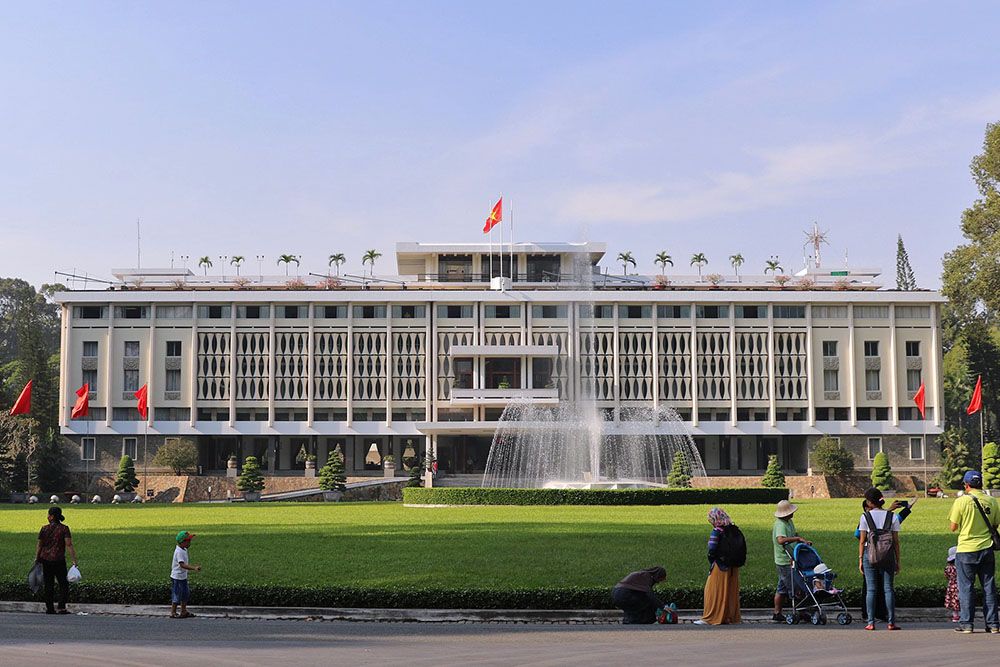
Central post office
Ho Chi Minh City’s central post office is one of the most famous and iconic attractions in the city. It was built in the mid-19th century when Vietnam was still part of French Indochina. The current (renovated) version of the building, incidentally, dates from the late 19th century.
Although the post office looks particularly impressive on the outside, it is even more impressive on the inside. This starts as soon as you enter, where you have a beautiful domed roof along the entire length of the building. Above the historic-looking, international phone boxes, there are two huge maps; one shows the pre-World War II telecom system of Cambodia and Vietnam. The other shows the city and its surroundings in the late 19th century. The post office is still in use but has far fewer visitors than before. This makes it an ideal place to cool off and rest after a city tour.
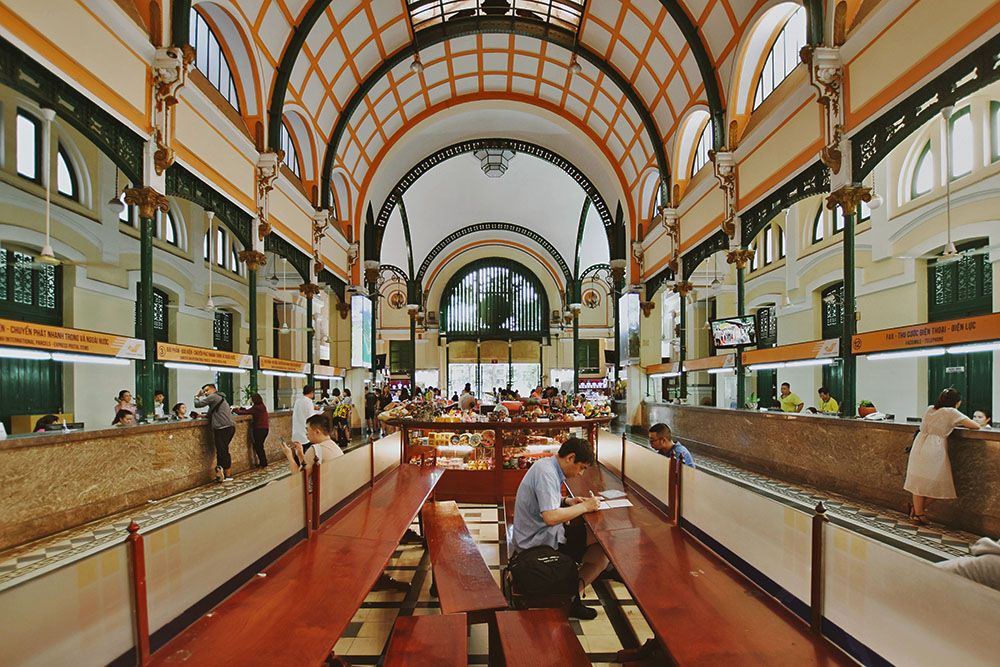
Churches and temples
Because of its French colonial history, in Ho Chi Minh City you will not only find temples but also churches and even a cathedral: Notre Dame. The neo-Romanesque cathedral was built in the late 19th century with building materials entirely from France. Its two nearly 58-metre-high towers have six bronze bells. They are rung at 5 a.m. and 4:15 p.m. during the week. On weekends, it happens even more often. The bells can be heard for miles around. We understand that the cathedral is currently being restored. But should you still go to the central post office located right next door, see if you can get inside as well. After all, the cathedral is definitely worth a visit!
Another Catholic house of worship worth a visit is the Cha Tam Church from the early 20th century. This is the first church for the Catholic parishioners of the local Chinese community in Ho Chi Minh City. You can still see Chinese and Vietnamese elements in the predominantly Gothic church. Inside, the Cha Tam Church is absolutely beautiful and interesting to see. However, we particularly love the square around it. You imagine yourself in a completely different world. Around the church are beautiful, old houses. And with the statue of the Virgin under a pagoda-like canopy, the church looks more like an Eastern temple than a Catholic church.
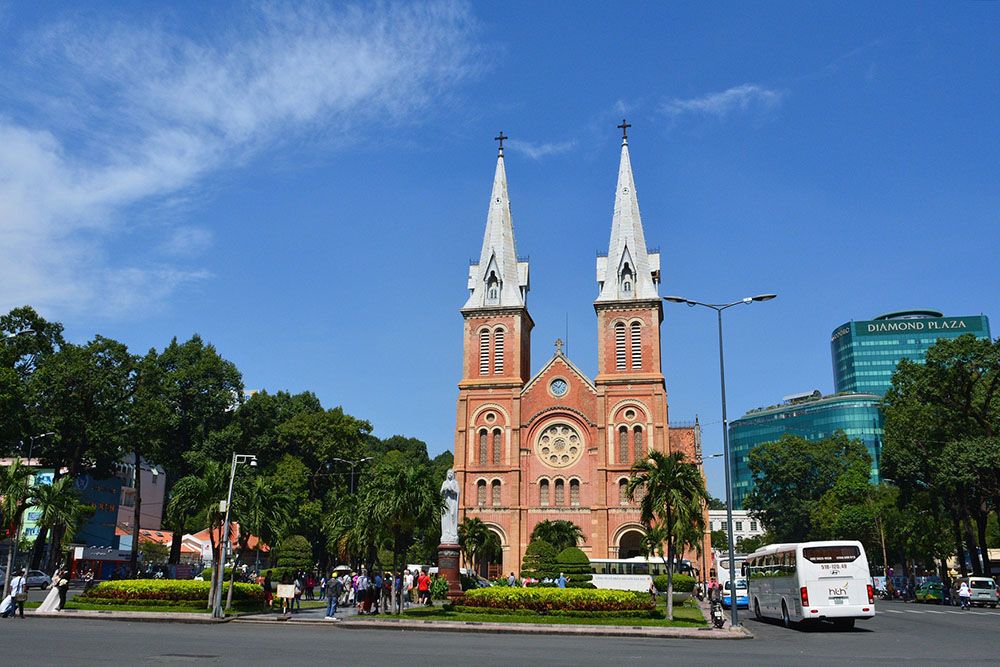
Temples and pagodas
The city is also home to many temples and pagodas. One of these is the Cao Dai temple. It took no less than 20 years to build it in the mid-20th century. Inside, you’ll find a number of ornately carved dragons. But what makes the temple really special are the religious statues of Buddha, Brahman and Christ.
Pagodas not to be missed during your stay in Ho Chi Minh City are the Phoc An Hoi Quan Pagoda and the Jade Emperor Pagoda. The Phoc An Hoi Quan is a rather colourful pagoda from the early 20th century. You will find copper ritual ornaments, antique weapons, highly skilled carvings, colourful hanging lanterns and ceramic tiles that tell the stories of local legends. The Jade Emperor Pagoda is one of the chicest temples in town. Here you have statues of gods, hefty steaming incense and detailed carvings. The roof, a true work of art, displays Buddhist and Taoist stories.
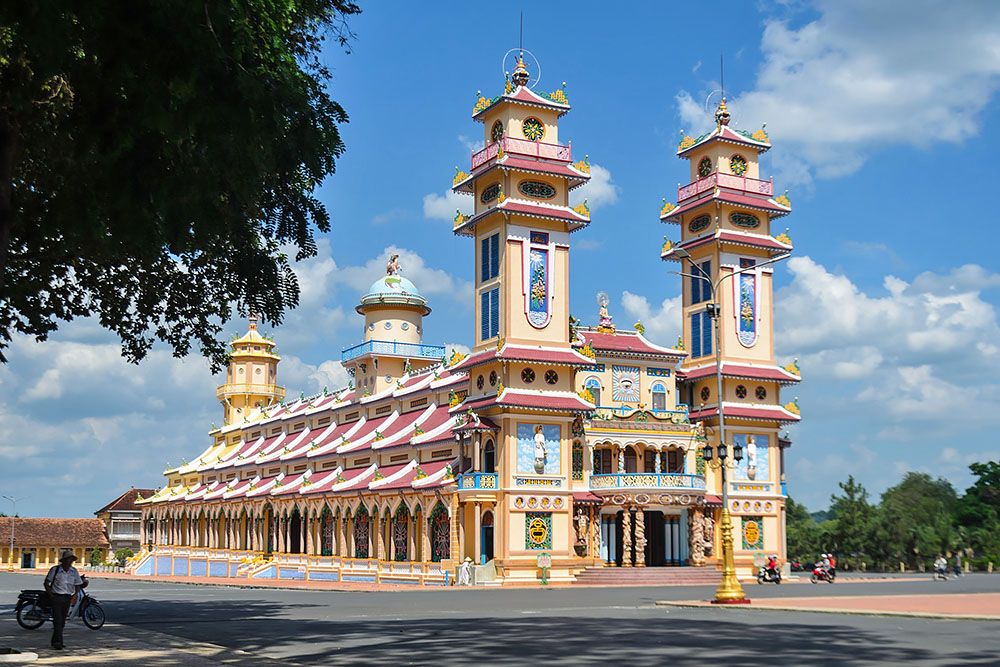
Botanical gardens with zoo and historical museum
With all those mopeds and their honking, Ho Chi Minh can sometimes be a bit crowded and overwhelming. Especially if you’ve already had a long time walking in the city. Should you be looking for some peace and quiet, retreat to the green, quiet oasis of the botanical garden with its zoo. Besides a pleasant park, you will find 125 animal species and 260 plant species, some of which are more than 100 years old.
In addition to a flora and fauna museum, the botanical garden in an old French colonial building houses the 1929 History Museum. Here you have artefacts up to 4,000 years old from the Bronze Age and the Cham and Khmer dynasties. You will also find weapons collections and works of art.
Incidentally, there are no exhibits on the Vietnam War.
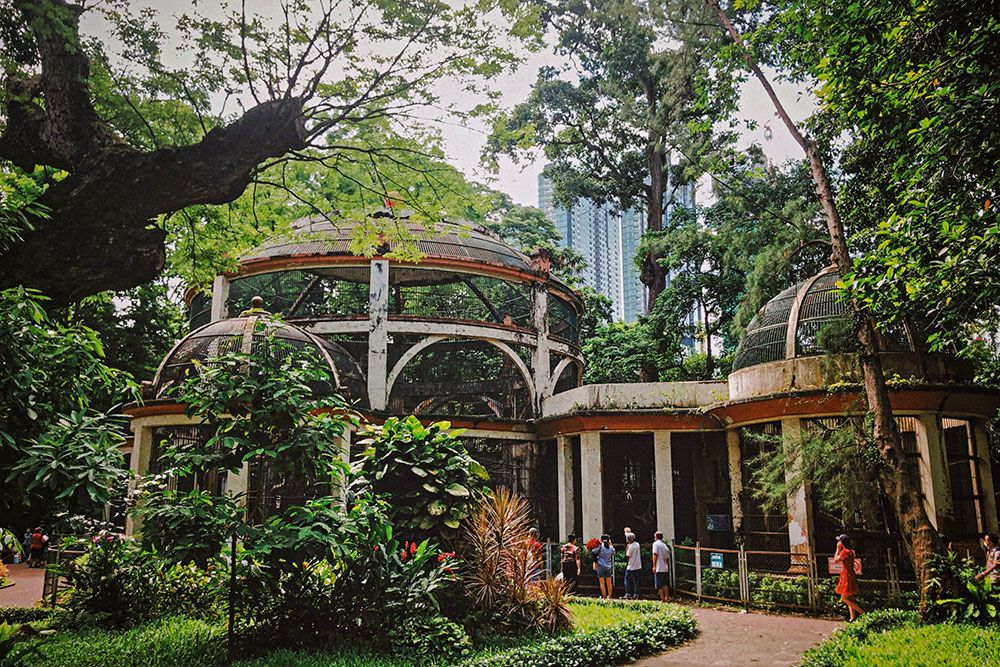
Don’t-miss highlights just outside Saigon
There is also a lot to explore and discover just outside Ho Chi Minh City. So much, in fact, that you can easily spend a week in and around the city. What was a particularly memorable excursion for us was our visit to the Cu Chi tunnels. These tunnels were used by the Vietcong during their 1968 offensive. They consist of a series of underground chambers and a 30-kilometre-long tunnel system. The tunnels were used as shelters during fighting, as well as communication and supply routes, hospitals, food and weapons stores and living quarters. They were protected from uninvited guests by nasty booby traps.
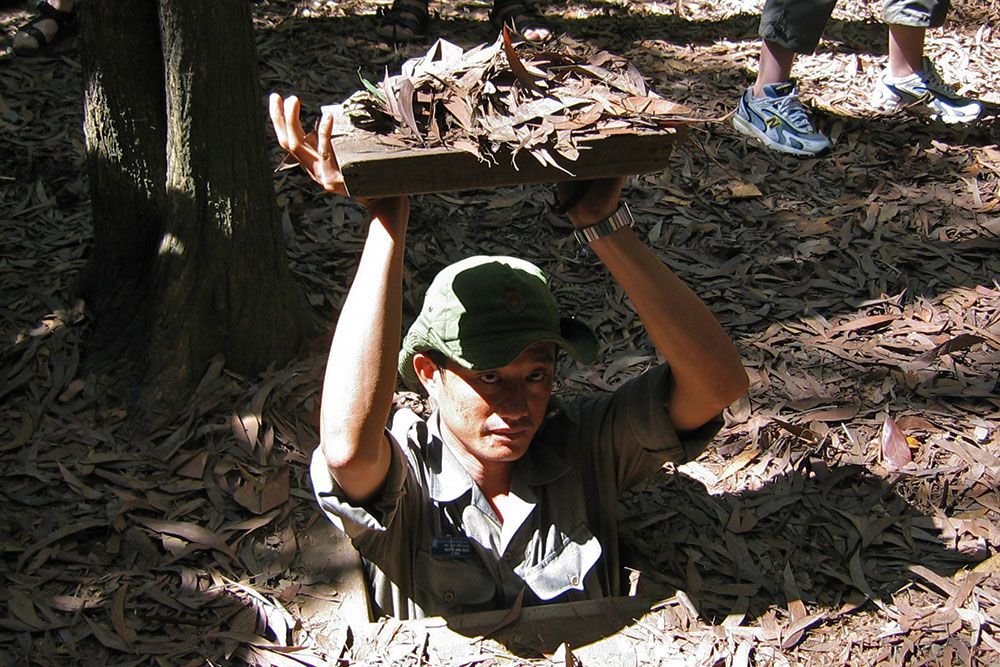
You can visit parts of the tunnels and crawl through the small rooms to experience the conditions of the Vietcong during the Vietnam War. But beware: avoid the tunnels if you suffer from claustrophobia as they are narrow and very low. So low in fact that my wife who is only 1.55 metres tall had to bend down considerably to walk through them.
Another highlight not to be missed on your trip in South Vietnam is the Mekong Delta. This delta consists of 39,000 square kilometres of waterways. Besides beautiful, special nature, it is the floating markets, schools and houses that make the area a truly unique sight. The centre of the Mekong Delta is about a four-hour drive away. For this reason, many people choose to explore the area via an organised tour. We visited the Mekong Delta on our way to Cambodia. In a later blog, we will describe this fantastic trip in a bit more detail. We will then also come up with practical tips for travelling on from South Vietnam to Cambodia yourself.
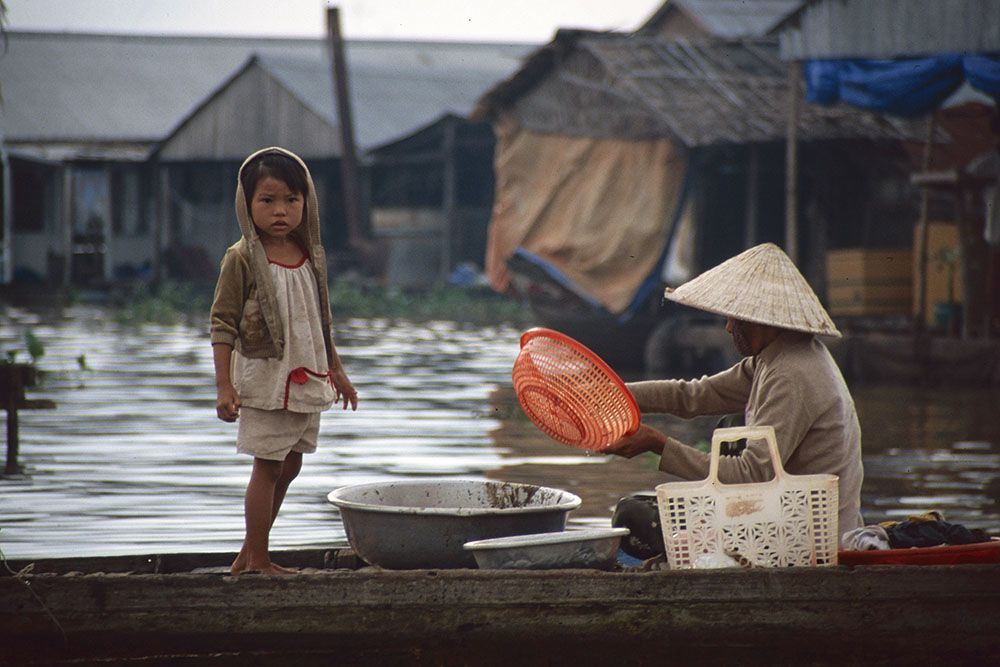
Frequently asked questions about visiting Ho Chi Minh City
Ho Chi Minh City has a tropical climate with a wet and dry season. The dry season runs from December to May. The most pleasant period to visit the city is from December to February. Temperatures are a bit lower then and it is less muggy. March and April are generally very hot. The rainy season starts around May and ends in October.
There are many options for travelling from A to B in the former Saigon. Our own preference is to cycle. With the heavy traffic, a taxi or bus is not really much faster anyway. However, bear in mind lots of mopeds you share the streets with. They do, thankfully.
Prefer to stay with both feet on the ground? Many attractions are centrally located (in District 1) and easy to reach on foot. There are quite a few free city walks available for download on the internet. What we ourselves find a handy tool is the free app from GPSmyCITY.com. It allows you to pick some city walks in Ho Chi Minh City and download them for offline use. You can also create a walk yourself very easily. You do this based on the sights you definitely want to see. By the way, keep in mind that there are not really good crossings. Busy streets in particular are (very) difficult to cross.
Another transport option is the bus, which you can easily recognise by its white-and-green exterior. There are many bus routes. Besides, the bus is cheap and comfortable (even air conditioning!).
However, you do need a city map with the bus routes because figuring out which bus goes where can be a challenge. And like many other modern cities, Ho Chi Minh City also has a hop-on-hop-off bus.
Obviously, a bit more expensive than the regular bus, though, but ideal if you only want to see the highlights.
Furthermore, you can be transported by a taxi. There are plenty of them and affordable too. Provided you let the driver turn on the meter and check your navigation app on your phone. What you can also do is agree on a price in advance. Handy if you always make the same trip. To or from your hotel, for example. As taxis cannot always move quickly through traffic (a moped is more convenient), we ourselves used taxis very little.
In the big city, there are many places where you can grab a cool drink after a day of sightseeing. One of these is Pham Ngu Lao street where you will find countless bars. Too crowded? Then consider visiting a rooftop bar of one of Ho Chi Minh City's big hotels. Like the one at the Caravelle or Majestic (one of our favourites). Furthermore, the super cosy Banana Mama Bar is also a nice rooftop bar in the city. But for unprecedented sweeping views, you have to head to Blank Lounge. This bar is located on 75th/76th floors of skyscraper Landmark 81.
In Ho Chi Minh City, you will find the largest variety of Vietnamese and international cuisine in the country. Local dishes show influences from French colonial times and Chinese cuisine. The range of good to excellent restaurants is very large and changes almost daily. But contrary to what you might expect from a city in this part of Asia, definitely not cheap.
The good news, however, is that street food in former Saigon is also of good quality AND cheap. Besides, this is where you can try the most delicious, local dishes. Like Banh mi (with French baguette), Pho (delicious noodle soup with beef) and Banh xeo (a savoury pancake). Are you a bit hesitant to eat at a street stall? Then consider taking a guided street food tour (walking or on the back of a moped). Tours take place both during the day and in the evening.
In Ho Chi Minh City, you have a particularly wide choice of fine to very luxurious accommodation. With luxury naturally comes a higher price. And in recent years, that means you pay western prices. Depending on what you want to do and see in the city, our tip is to stay in District 1 or in its immediate vicinity. At least, if you want to enjoy the lively nightlife in the big city. Fortunately, there are still plenty of comfortable, affordable hotels to be found even in this central area of the city.
Special tours in Ho Chi Minh City
Book special tours with our partner GetYourGuide here. We earn a modest commission for your booking at no additional cost to you. The commission helps us maintain this travel blog.


